Since Sony revamped and simplified its smartphone lineup two years ago, the company has prioritised quality over quantity. Indeed, we’ve only seen three new Sony phones in 2021, excluding the Japan-exclusive Xperia 10 III Lite.
The regular Xperia 10 III is the cheapest of the trio getting a global launch, although that still doesn’t extend to the US. There’s also been a significant delay between announcement and release, albeit not on the same level as the more expensive Xperia 1 III and Xperia 5 III.
Was it worth the wait? I spent a few weeks with the device to find out.
Design and build
- Tall, narrow design
- Slim bezels, no notch
- 3.5mm headphone jack
Unless you’re familiar with Sony phones, the Xperia 10 III will take some getting used to. Its tall, narrow body and 21:9 aspect ratio is something we’ve seen on Xperia handsets for a while, but few of Sony’s rivals have followed its lead.
It can feel impractical at times – even on this 6in device, one-handed usage is almost impossible – but the Xperia 10 III could easily pass for a phone twice the price. This premium look and feel is emphasised by the Gorilla Glass 6 you’ll find on both the front and back. It also makes the phone much more durable than I was expecting; I felt relatively comfortable using the Xperia 10 III case-free throughout my testing time.
The risk of damage to the triple rear camera module is mitigated by it sitting almost flush with the back of the phone. Despite the black model I tested being highly reflective, the Xperia 10 III is also impressively resistant to fingerprint smudges.
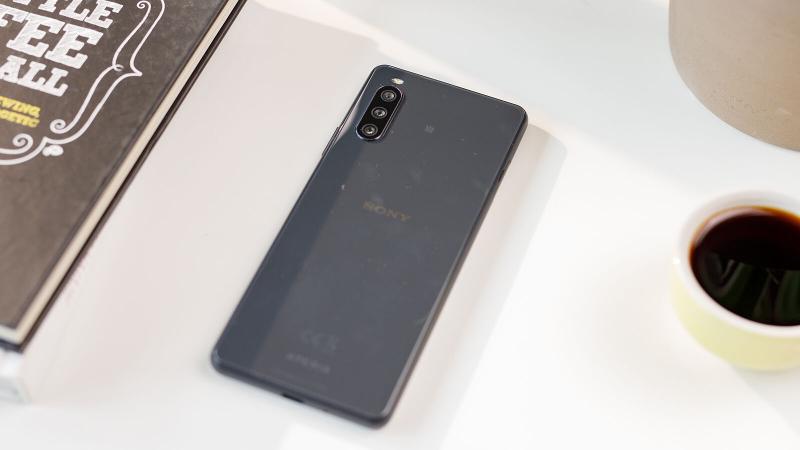
Talking of fingerprints, the plastic-equipped side of the phone is where you can use yours to unlock the phone. It’s built into the power button and impressively reliable, albeit not the fastest. In-display fingerprint sensors are still quite hit-and-miss, so opting for a physical is probably a wise move at this price point.
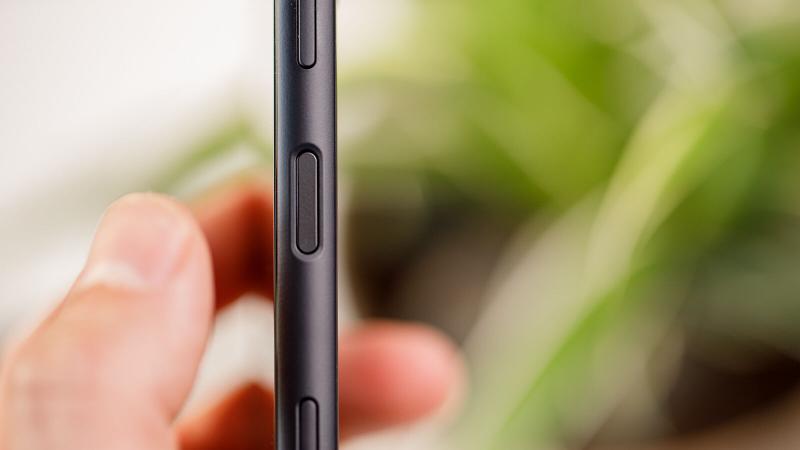
A decision that’s much harder to understand is the lack of face unlock. The Xperia 10 III has a perfectly serviceable 8Mp selfie camera, naturally positioned just above the display. It means the only alternatives to the fingerprint scanner are a regular screen lock or ‘smart lock’, which unlocks the phone when it’s near a specific device, in a particular location or on your body.
I’ll talk about how the cameras perform in detail later, but that front-facing sensor is housed within a slim top bezel. Considering how widespread notches are these days, coming back to a phone without one is refreshing.
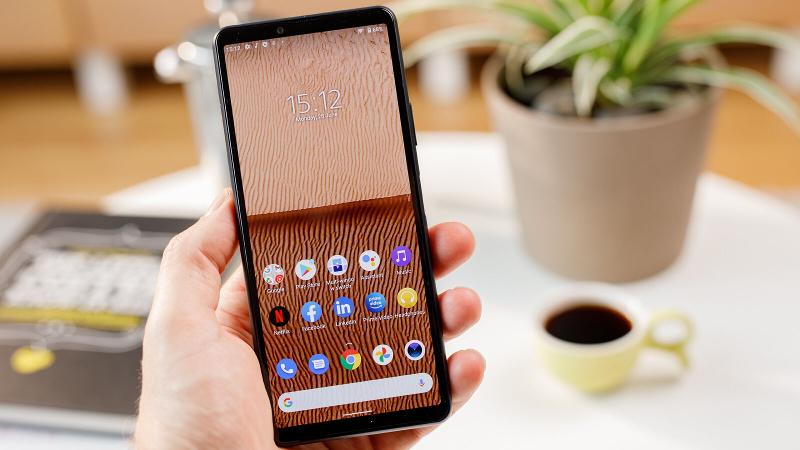
A similarly-sized bezel below the screen gives the device an attractive symmetry, and few people will take issue to a 80.3% screen-to-body ratio. It also means there’s enough room for front-facing speakers – a large grille at the bottom of the phone combines with the earpiece for an impressive stereo setup.
The bottom of the phone is where you’ll find the USB-C charging port, but there are two other design features that are much more rare.
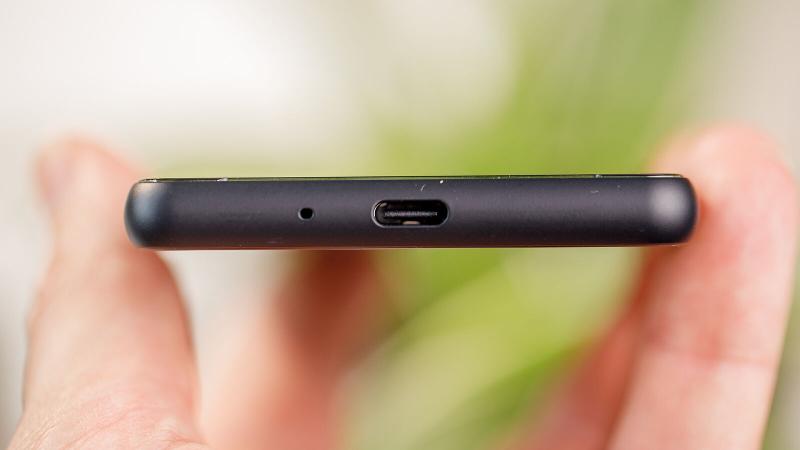
First up is the SIM card tray – not only does it support microSD card expansion, a small flap means you won’t have to use a fiddly ejection tool. It’s a subtle change, but makes a big difference if (like me) you regularly move SIM cards between phones.
You also get a 3.5mm headphone jack, something of a dying breed on modern smartphones. Wireless earbuds might be nearly ubiquitous these days, but many people still appreciate wired audio.
Display
- 6in OLED display
- Only 60Hz
- 21:9 aspect ratio
All those design elements are important, but they’re merely support acts for the main event – the display. If that’s not up to scratch, there’s no reason to buy a phone.
Sony has played it safe with the Xperia 10 III’s display. It’s the same 6in, 1080×2560 panel as last year, although it now supports HDR for extra clarity and detail. The continued use of a 21:9 aspect ratio will take some getting used to for most people, but watching films and other widescreen content without black bars either side is a joy. Combined with the impressive audio setup, this makes for an immersive viewing experience you won’t find on many other phones.
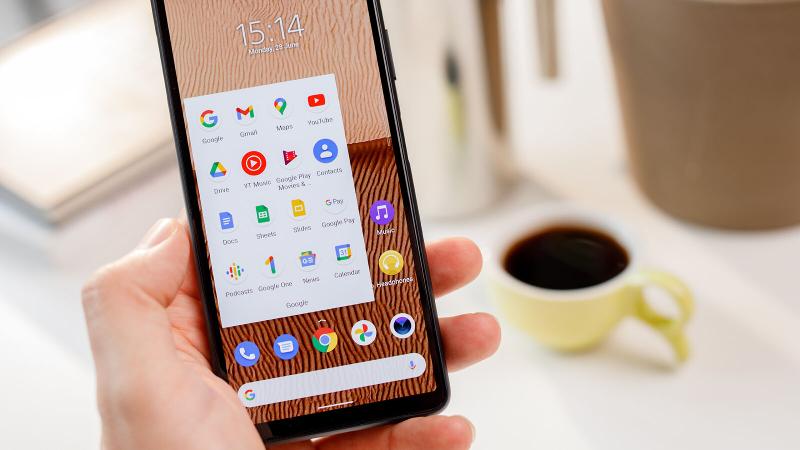
However, this is something we’ve seen on Sony phones for several years now. There are no other changes of note when it comes to the display, meaning the Xperia 10 III remains without a high refresh rate. The more expensive Xperia 1 III and Xperia 5 III both feature 120Hz screens, making the 60Hz panel on this phone more jarring. It won’t be a dealbreaker for everyone, but it’s harder to ignore when so many handsets at this price point offer at least 90Hz.
If Sony wasn’t going to introduce a high refresh rate, I wish it increased the resolution of the Xperia 10 III’s display instead. The 1080p OLED panel is perfectly serviceable, but 1440p or higher would make me more inclined to watch videos on the phone on a regular basis.
During testing, I also recorded a maximum brightness of 386 nits. That’s about average for a modern smartphone, but visibility in direct sunlight was still very difficult.
Hardware and performance
- Snapdragon 690
- 5G support
- Copes well with most tasks
Under the hood is where you’ll find one of the Xperia 10 III’s key upgrades. It now features Qualcomm’s Snapdragon 690 chipset, up from Snapdragon 665 on last year’s model. It’s a modest increase in terms of processing power but does mean the device now supports 5G. This brings it in line with most other mid-range handsets, although without a 5G-enabled SIM I couldn’t test how it performs.
The Snapdragon 690 is paired with an Adreno 619 integrated GPU and 6GB of RAM. Everyday performance from the Xperia 10 III is solid as a result – it copes with email, web browsing, multitasking and some light gaming with relative ease.
Demanding games and complex multitasking prove more of a challenge, but the device copes admirably. It certainly can’t rival dedicated gaming handsets and the experience feels more cumbersome than flagships, but a quick session on Call of Duty: Mobile or race on Asphalt 9 is well within reach.
However, that’s not necessarily reflected in the benchmarks below, especially where graphical performance is concerned. The Xperia 10 III is a useful upgrade over its predecessor, but lags well behind some of the best mid-range phones you can buy:
Software
- Ships with Android 11
- Update to Android 12 expected
- Clean, intuitive software experience
The Xperia 10 III runs Android 11 out of the box, although it’s widely expected to get the update to Android 12 at some point. However, the situation beyond that is uncertain. Flagships such as the Xperia 1 III will get two years of Android updates, but it’s not clear if that will also apply to Sony’s more affordable phones.
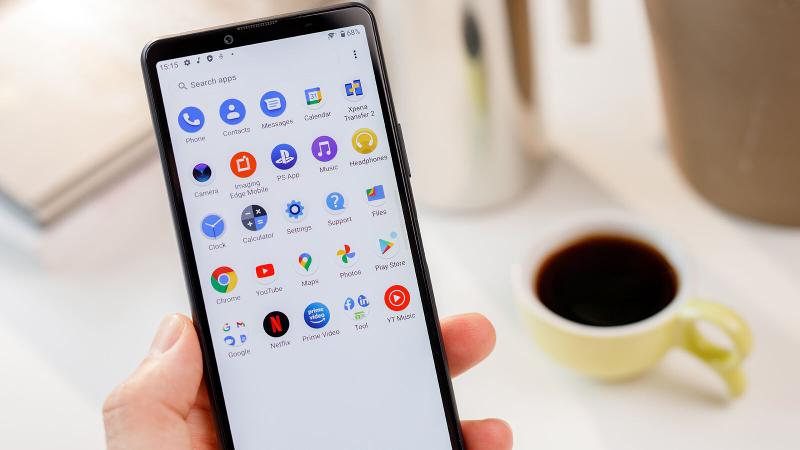
For now, the software experience on the Xperia 10 III is one of its highlights. It’s very similar to the so-called ‘stock’ Android you’ll find on Pixel phones, with a simple user interface and limited bloatware. The main difference you’ll probably notice is a quick access menu known as ‘Side sense’, but I found it more frustrating than useful.
Cameras
- Triple rear cameras
- Hit-and-miss results
- Decent selfie camera
There are only minor slight changes to the cameras on the Xperia 10 III, meaning it has the same triple rear setup as its predecessor. A 12Mp main lens is joined by 8Mp telephoto and 8Mp ultrawide. I’m glad Sony resisted the temptation to include separate macro or depth sensors, which usually add little to the overall experience.
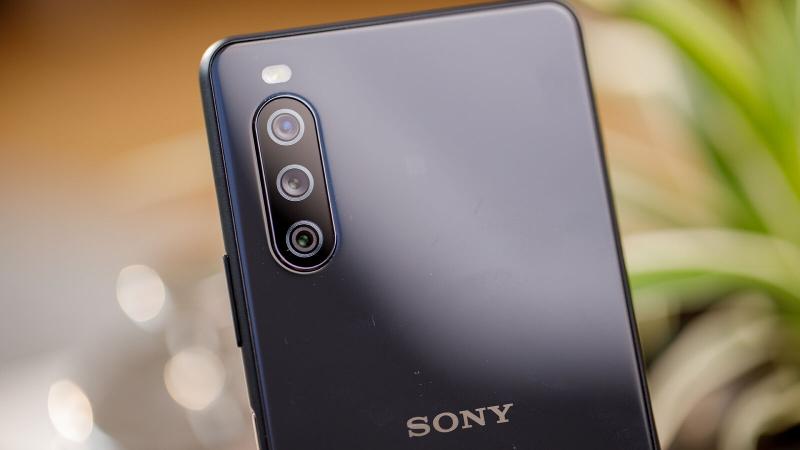
In optimal lighting conditions, stills from the Xperia 10 III are impressively detailed and offer decent dynamic range, but have a tendency to look slightly washed out. You could argue this is closer to what the scene looks like in real life than the saturated image many phones produce, but it’s certainly not as pleasing to the eye.
A telephoto lens allows for 2x optical zoom, making a big difference when you want to focus on a subject or scene further away. The same can be said for the ultrawide sensor, with a 120° field of view offering extra flexibility when shooting landscape shots. Despite a reduced megapixel count, neither of these sensors yield a noticeable drop in quality.
However, all three lenses struggle when there’s less light in the scene. The Xperia 10 III tends to overexpose as a result, and you lose many of the details in the background. A software-based night mode helps to mitigate this, but you probably won’t want to use it every time you take photos in darker environments.
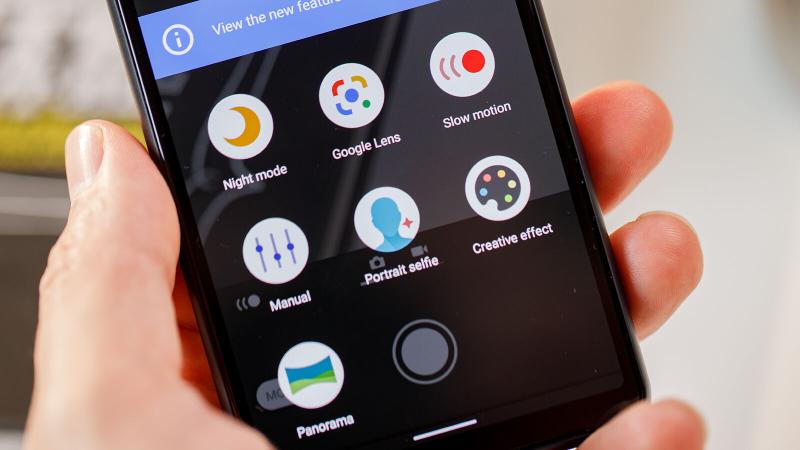
Software is also used for macro and portrait-style shots on the Xperia 10 III. Both are fairly impressive, although the latter can struggle for edge detection at times.
The portrait experience extends to the 8Mp front-facing camera, with the option to blur the background in selfies. I was pleasantly surprised with the results, even if an artificial beauty mode is switched on by default.
Check out a selection of images in the gallery below:

On the video side, the Xperia 10 III is capable of recording up to 4K at 30fps, although most people will opt for 1080p at 60fps. It’s fine for the occasional home video, but the lack of OIS means footage tends to shake a lot with even slight movements.
Battery life
- Larger 4,500mAh battery
- Excellent battery life
- Slow charging out of the box
Battery life has clearly been a priority for Sony on the Xperia 10 III. The phone features a 4,500mAh cell, up from 3,600mAh on last year’s 10 II. Again, this brings it in line with many other mid-range phones, but without a high-res display or high refresh rate, battery life is impressive.
With brightness set to 120 nits for Geekbench 4’s screen-on test, I recorded 14 hours and 7 minutes from a single charge. That’s up there with some of the best phones you can buy, albeit not necessarily reflective of real-world usage.
PC Mark’s Work 3.0 is a more rigorous test, especially with a higher brightness of 200 nits, but the Xperia 10 III performed admirably. You probably won’t get the full 13 hours and 35 minutes of usage before needing to plug-in, but you should be able to make it through a full day with charge to spare. With light usage, this can probably be extended to two days.
The Xperia 10 III also supports 30W fast charging, but you’ll have to buy the supported adapter separately. In the box, you get a measly 7.5W plug, one of the least powerful I’ve seen bundled with a phone in 2021. The larger battery means it charges even slower than the Xperia 10 III – I recorded just 21% in 30 minutes from off. There’s also still no wireless charging.
Price and value for money
Sony keeps things simple when it comes to Xperia 10 III configurations. In most countries, there’s just one model on offer – 6GB of RAM and 128GB of storage for £399. It’s not officially on sale in the US, but you can import the international version via Amazon from $388.14.
Many of the best mid-range phones you can buy operate in and around this price point, including the Pixel 5a, Poco F3 and current champ, OnePlus’ Nord 2. The latter is usually priced identically in the UK, yet ticks many more boxes for most people.
In this company, the Xperia 10 III is a tough sell for most people. It’s not priced competitively enough to be picked up over one of these other devices, unless you’re a die-hard Sony fan.
Verdict
Sony hasn’t released a budget phone globally in 2021, but the mid-range Xperia 10 III feels like it should be significantly more affordable.
It sticks with a 60Hz display, while most phones shift to 90Hz or even 120Hz. There are still some fairly noticeable bezels too, which definitely aren’t to everyone’s tastes. The cameras are also extremely patchy, with charging speeds out of the box painfully slow.
That’s not to say the Xperia 10 III doesn’t get anything right – far from it. Performance is fine and extends to mobile gaming, while battery life is among the best you’ll find anywhere. It still looks and feels like a premium handset, and the simple software experience is enjoyable.
But Sony’s cautious spec sheet and comparatively high price tag means the Xperia 10 III needed to nail the basics. It simply doesn’t do that, making the phone hard to recommend.
Specs
Sony Xperia 10 III: Specs
- 6.0in, 1080×2520 60Hz HDR OLED display with Gorilla Glass 6
- Qualcomm Snapdragon 690 processor
- 6GB RAM
- 128/256GB storage
- microSD expandable up to 1TB
- 12Mp f/1.8 main camera, 8Mp f/2.4 telephoto, 8Mp f/2.2 ultrawide
- 8Mp f/2.0 front-facing camera
- Android 11
- Dual front-facing speakers
- 3.5mm headphone jack
- IP65/68 dust/water resistance
- 5G
- WiFi 6
- NFC
- Bluetooth 5.1
- 4500mAh battery
- 30W fast wired…
